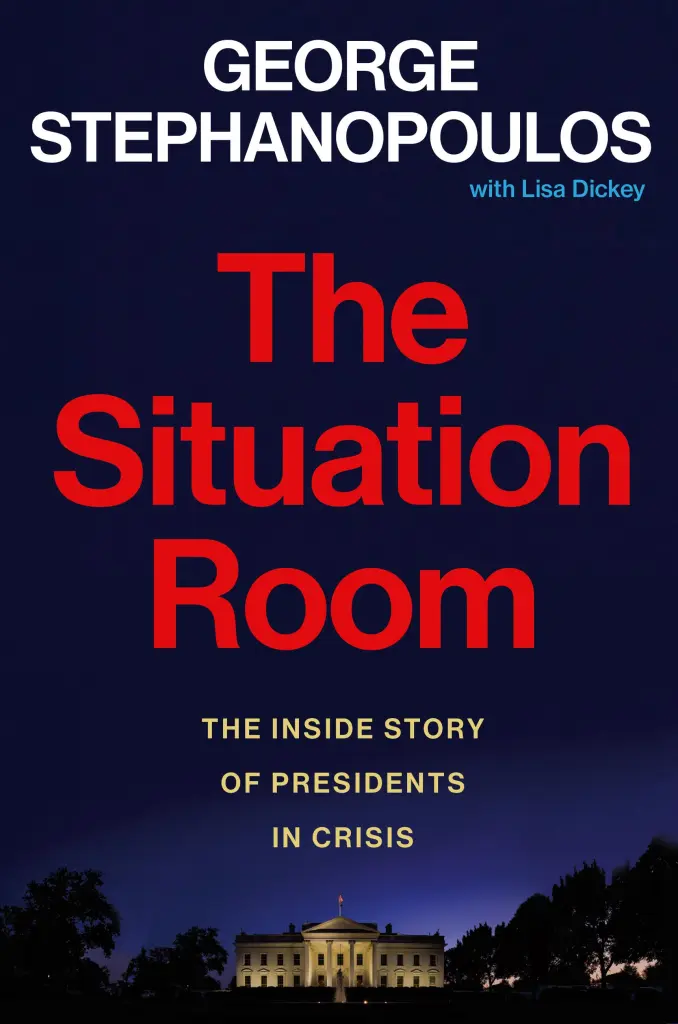Book Review: The Situation Room By George Stephanopoulos
The Nerve Center of Presidential Decision-Making

Book title: The Situation Room: The Nerve Center of Presidential Decision-Making
By George Stephanopoulos
368 pages, $18.99
Publication: May 14, 2024
In his latest work, George Stephanopoulos delves into the fascinating history of one of the most critical spaces in the White House: “The Situation Room: The Nerve Center of Presidential Decision-Making.” This book provides a compelling and detailed account of the White House communications and decision-making hub, tracing its origins back to the Kennedy administration. For readers interested in the inner workings of the Presidency, the evolution of the White House, and the mechanisms behind crucial national decisions, this book is an essential addition to their collection.
Stephanopoulos starts by explaining the necessity of a dedicated “nerve center” during times of crisis. He illustrates this with historical anecdotes, such as Lincoln’s reliance on the War Department’s telegraph office for battlefield updates and FDR’s conversion of the White House billiards room into the Map Room during WWII. However, it was the Bay of Pigs incident in 1961, marked by significant communication failures, that led to the creation of the Situation Room, transforming a basement bowling alley into the now-iconic space.
The narrative spans six decades, showcasing the Situation Room’s role during pivotal events such as the Cuban Missile Crisis, the Kennedy Assassination, the Vietnam War, Nixon’s resignation, the Iranian Hostage Crisis, the attempted assassination of President Reagan, Desert Storm, 9/11, and the hunt for Osama Bin Laden. Stephanopoulos meticulously details how each administration utilized this critical facility, from its humble beginnings to its current state as a high-tech command center.
A major theme in the book is the varying success of different administrations in crisis management. Stephanopoulos argues that those presidents who fostered a collaborative team environment and adhered to a structured process, learning from past mistakes, generally fared better. In contrast, those who chose a more solitary approach often struggled.

Adding depth to the historical account, Stephanopoulos includes intriguing anecdotes involving world leaders such as Khrushchev, Putin, Thatcher, and even then-Prince Charles. He provides a balanced portrayal of most presidents and their aides, crediting the discipline and professionalism of many National Security Council appointees and the non-political staff who have served in the Situation Room. However, readers should note that his assessments of Presidents Trump and Nixon are particularly critical.
The evolution of the Situation Room is another significant focus. Stephanopoulos traces its transformation from a modest conference room to a sophisticated hub of communication and decision-making, emphasizing the continuous physical and technological upgrades that have kept it at the forefront of national security operations.
In conclusion, “The Situation Room” by George Stephanopoulos is a thoroughly researched and engaging exploration of a vital component of the Executive Branch. The book provides profound insights into how crises have been managed through the decades and underscores the importance of effective leadership and teamwork. This well-written account deserves a five-star rating for its depth, clarity, and relevance.



